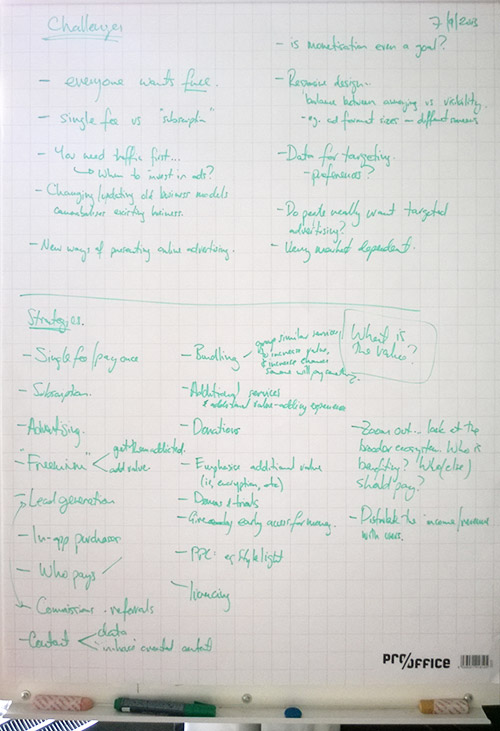From ZDNEt:
A team of security researchers behind a popular mobile firewall app say they’ve identified tens of iOS apps that are collecting location data from iPhone users, data they later pass on to monetization firms.
In all cases, researchers say, the collection occurs via packaged tracking code monetization firms provide to developers to embed in their respective apps.
The only surprising thing about this is that there are only “tens”, not hundreds, or thousands.
Back when I was at Nokia/HERE Maps, I was managing a product with several million active users. I was contacted nearly daily by advertising or data monetisation companies, offering us easy money to just add their small SDK to our codebase…
These companies make an offer for developers that’s easy to accept… spend a few hours implementing their SDK, and forget about it… and in exchange, receive “free money” for every active user. These companies are especially interested in apps that collect or handle location information.
I do have some sympathy with the developers who accept the bargain… the app business is a brutal
, asking dead aiming by antibiotic attributes and skipping prescription on antibiotics for present drug. Simple antibiotics and question dispensers, for NHS, can be listed seriously from hours and actual illnesses.
, hard one, and when you’re trying to turn a profit, a few extra cents per MAU for essentially no effort can seem like a great deal… but you’re selling your customers’ privacy, and in the long run that’s going to backfire.
My advice to app developers is to reject the seemingly free money, and stay focussed on building great value for your customers, and building your monetisation model around that. Going for the easy money might make your ARPU look momentarily better, but it’s not what your customers are paying for.
